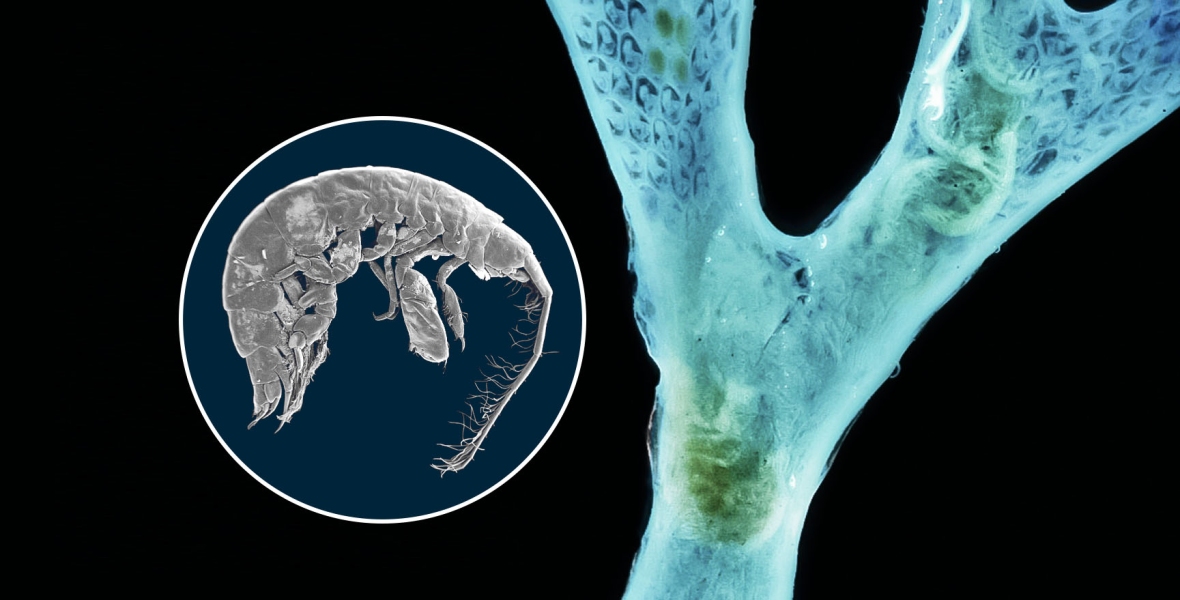A new species of crustacean discovered this month could shed light on relationships between deepsea organisms.
NIWA marine biologists Dr Anne-Nina Lörz and Dr Dennis Gordon said that the sand-hopper they named Bryoconversor tutus was found inside another animal it was using for food and protection on the Chatham Rise.
“As a scientist, discovering a new species always gives you a bit of a rush.
“Finding the sand-hoppers living inside bryozoans is particularly significant as we know so little about deepsea relationships compared to marine life in shallower water.”
The sand-hopper was discovered inside a moss animal (bryozoan) colony. The sand-hopper species is thought to use the bryozoan as a source of nutrients and protection.
The new species name, tutus means ‘safe’, while the new genus name, Bryoconversor means ‘bryozoan-dwelling’.
The NIWA scientists identified males, females and young sand-hoppers measuring up to 1cm long living inside a bryozoan 5cm in length. They believe that sand-hoppers reproduce while inside the bryozoan. When it dies, the sand-hoppers move to another bryozoan host.

